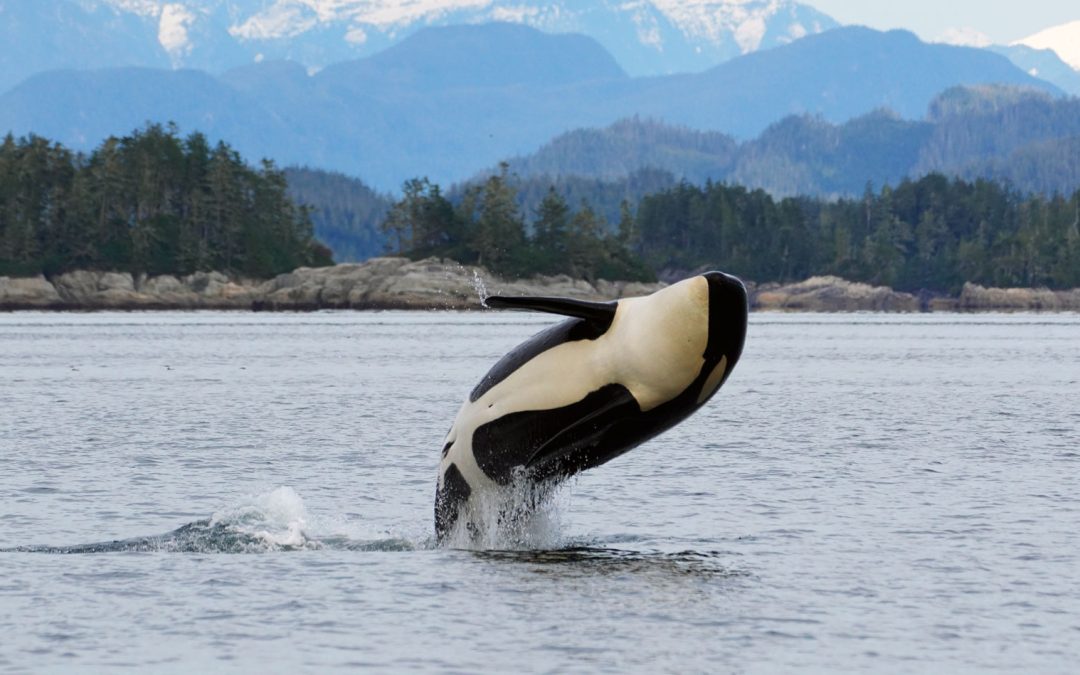
by David Young | Nov 22, 2024 | Mammals
Author: Allie Graff Photo: Thank you to Jared Towers for the use of his photo Common Names: Orca, Killer Whale Scientific name: Orcinus orca Size range: 7 to 9.7m long, (23 – 32 ft). Can weigh up to 7257 kg. Identifying features: Orcas are easily identified by their...


